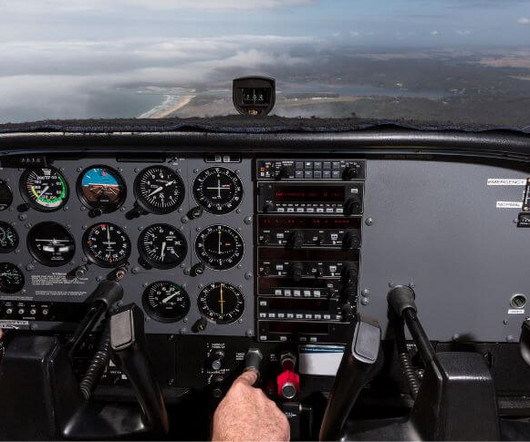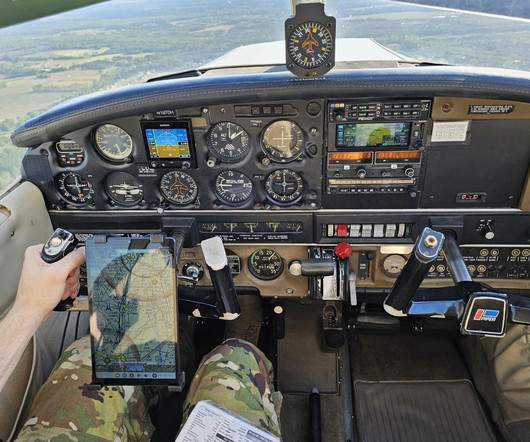Trial by Ice
Air Facts
MAY 5, 2025
After all, I had just aced my checkride. Our NIFA team of pilots would travel to other colleges and compete in sanctioned competition involving precise navigation, pre-flight inspections, accuracy landings, and simulated bomb drops into a barrel from 100 AGL feet using bean bags as bombs. What else was there to know?











Let's personalize your content